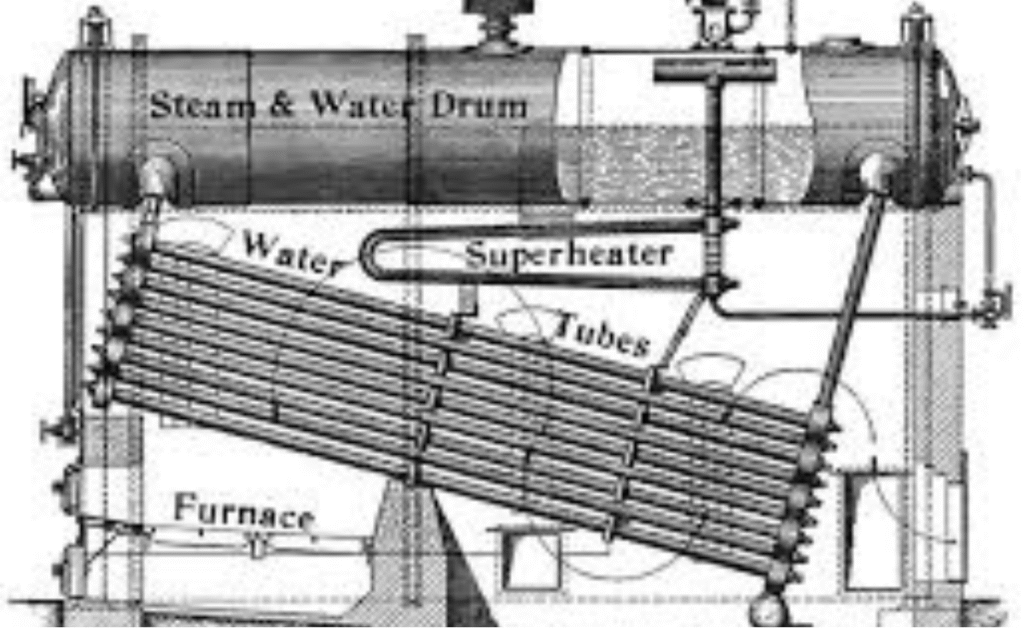What is a Steam Boiler?

Introduction
A steam boiler is a closed vessel designed to generate steam by applying heat energy to water. The steam produced is used for various industrial, commercial, and residential applications, including power generation, heating, and processing. Steam boilers are essential in industries such as power plants, textiles, food processing, and chemical manufacturing.
How Does a Steam Boiler Work?
A steam boiler operates on the principle of converting water into steam through heat transfer. The basic working process includes:
- Water Supply – Feedwater is supplied to the boiler, which is treated to remove impurities that could cause scaling or corrosion.
- Heating Process – A fuel source (such as coal, natural gas, oil, or electricity) heats the water inside the boiler.
- Steam Generation – The heated water turns into steam, which is then collected in the upper part of the boiler.
- Steam Distribution – The generated steam is transported through pipes to power turbines, heating systems, or industrial processes.
- Condensation & Return – After use, the steam condenses back into water and is returned to the boiler for reuse.
Types of Steam Boilers
Steam boilers can be classified based on their design, fuel type, and pressure capacity. Some common types include:
1. Fire-Tube Boilers
- Hot gases pass through tubes submerged in water.
- Suitable for low to medium pressure applications.
- Commonly used in small industries and heating systems.
2. Water-Tube Boilers
- Water flows inside tubes while hot gases surround them.
- Used for high-pressure and high-capacity applications (e.g., power plants).
- More efficient and safer than fire-tube boilers.
3. Electric Boilers
- Use electricity to generate steam.
- Clean and efficient but expensive to operate.
- Ideal for areas with strict emissions regulations.
4. Packaged Boilers
- Pre-assembled and ready for installation.
- Compact and easy to operate.
- Used in small to medium industries.
Applications of Steam Boilers
Steam boilers are widely used in:
- Power Generation – Driving turbines to produce electricity.
- Heating Systems – Providing warmth in buildings and industrial facilities.
- Manufacturing – Sterilization, cleaning, and processing in food, textile, and chemical industries.
- Marine Industry – Powering ships and vessels.
Safety Features in Steam Boilers
Since boilers operate under high pressure, safety is crucial. Key safety mechanisms include:
- Pressure Relief Valves – Prevent overpressure explosions.
- Water Level Indicators – Ensure adequate water supply to avoid overheating.
- Automatic Shut-off Systems – Activate in case of malfunctions.
- Regular Maintenance & Inspections – Ensure efficient and safe operation.
Conclusion
Steam boilers are vital for numerous industrial and commercial processes, providing efficient steam generation for power, heating, and manufacturing. Understanding their types, working principles, and safety measures helps in selecting the right boiler for specific needs while ensuring operational safety and efficiency.
Would you like more details on any specific type of boiler or its applications?

